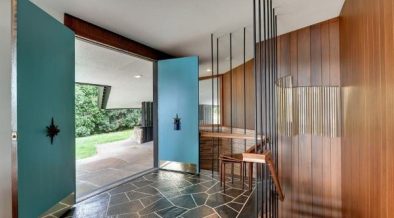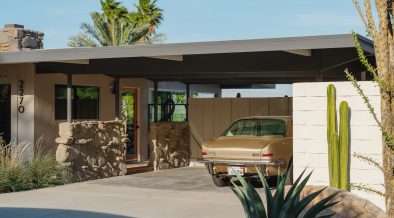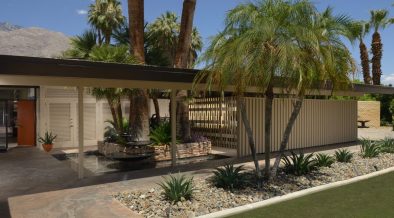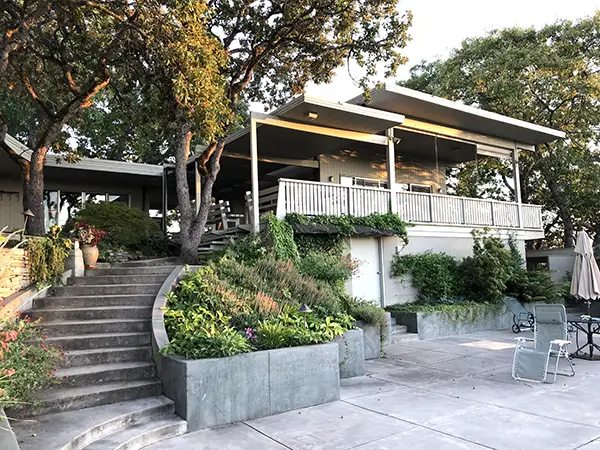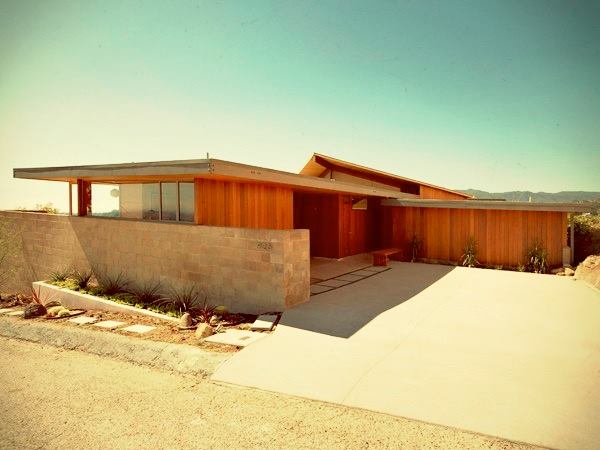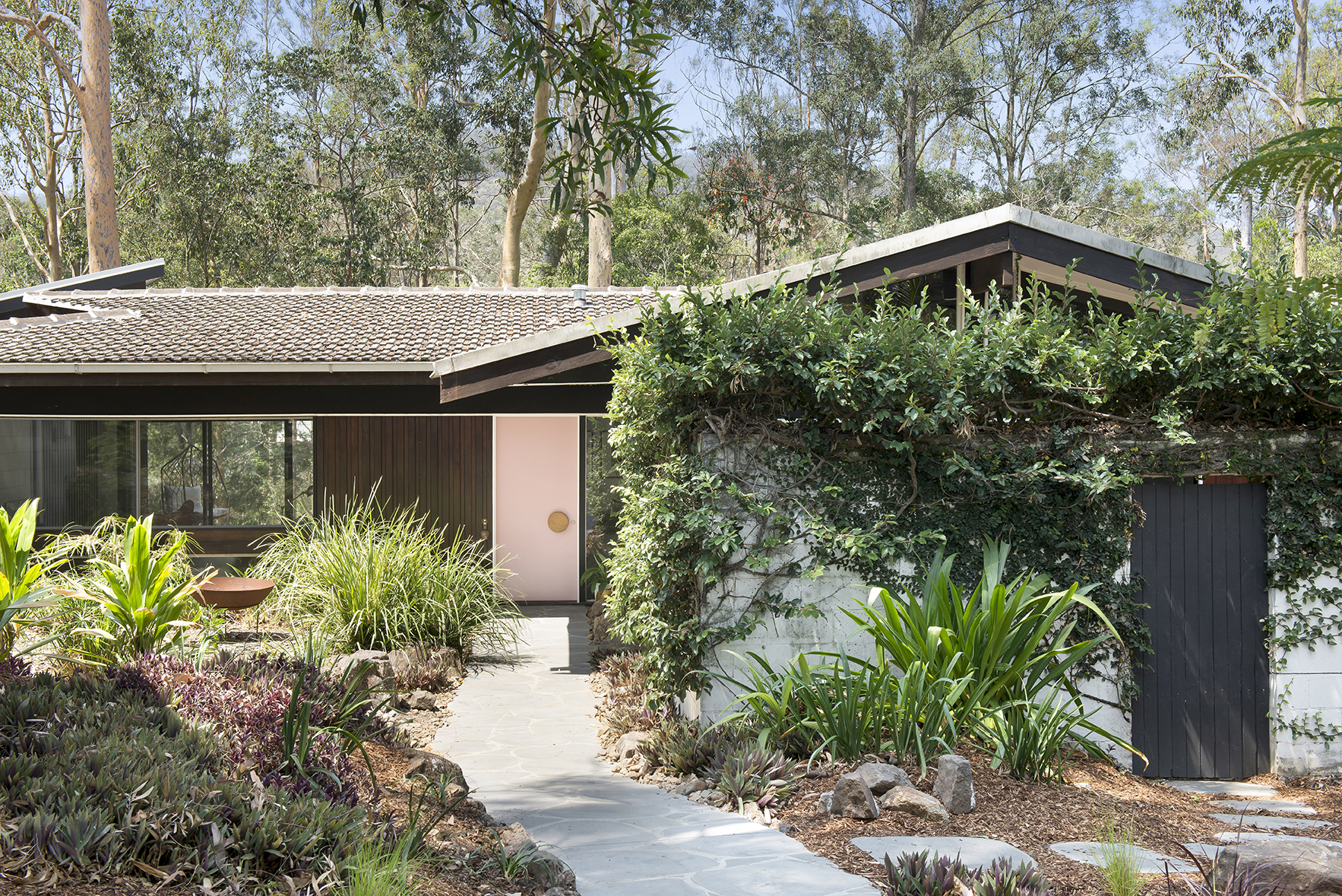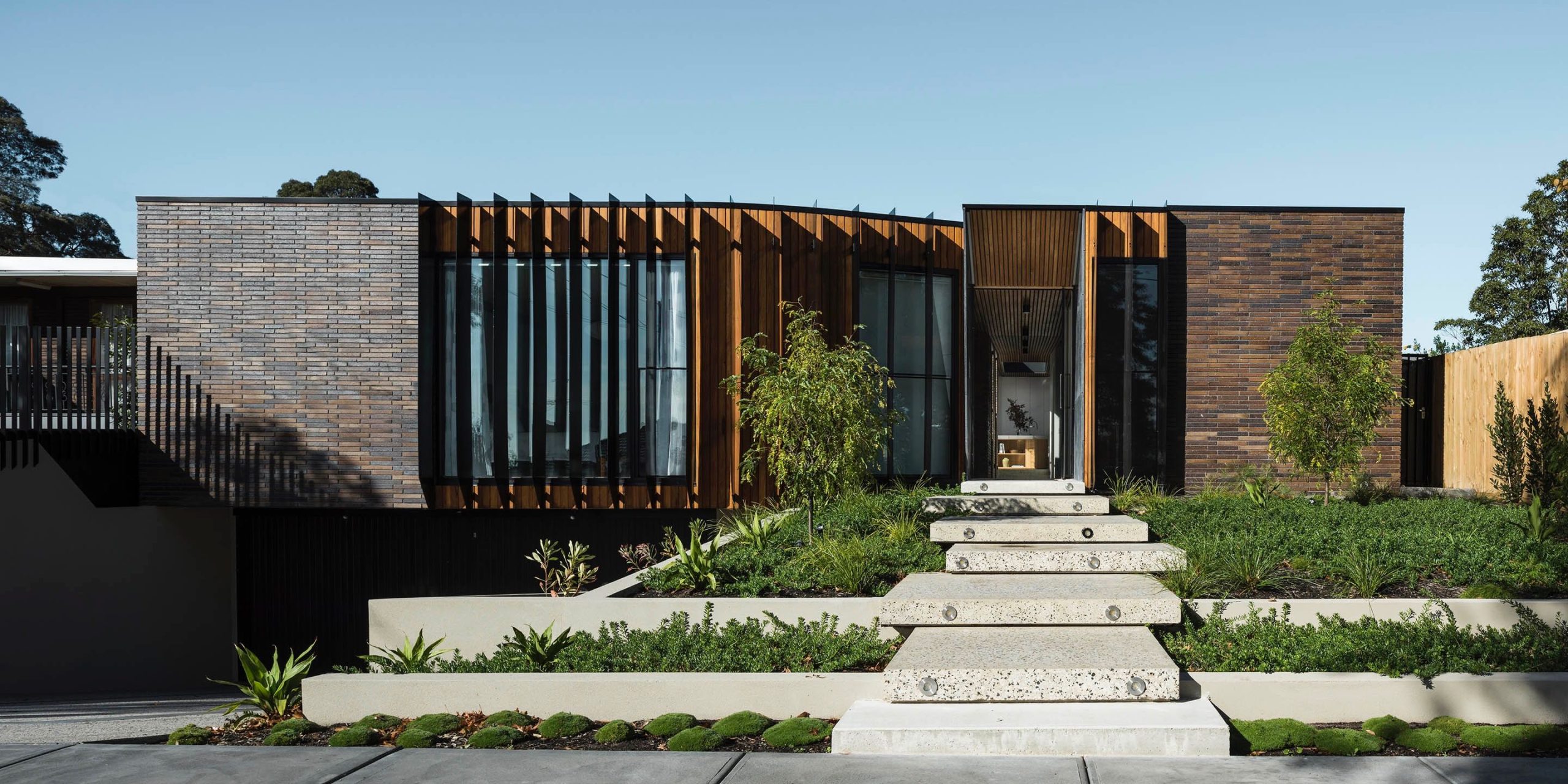Last week we shared the first part of the interview with former Vice President of Design and Development at Herman Miller, Robert Blaich. After leaving the iconic furniture company, Mr. Blaich moved to Royal Philips as Senior Managing Director of Corporate Industrial Design, where he spent over a decade developing iconic consumer electronic products.
In the second part of our interview, Mr. Blaich tells us about the industrial design world, and its rules, during his time at Philips. He also shares some highly valuable tips for young industrial designers today.How did your approach to products/marketing/design change across your career?
I believe the basic principles that I had in my early career at Herman Miller have not changed, but in fact have been a guiding light for my career as Global Head of Design at Philips and as the Chairman of the board at Teague, and in my own Design Strategy and Leadership Consulting firm.
What are the challenges for furniture designers today compared with the 50/60s?
Many of the iconic furniture designs from that period are still in production, when first introduced Herman Miller, Knoll, Risom and a few others were in limited production, but over time have been a major force. I think the challenge is to utilize contemporary materials and processes that allow for more innovation without imitating the well known design classics.
A very specific well known example would be the Herman Miller Aeron chair. I have been using the original since it was introduced and now have the re-engineered version that has utilized new materials and processes.
One of my proudest memories is having brought the designers of the Aeron Chair to Herman Miller at a time when Eames and Nelson were the primary resources for the company.You also worked as Senior Managing Director of Corporate Industrial Design at Royal Philips from 1980-1992. What were the differences in the approach when launching a new product in Europe as compared to the U.S.? Do you see this same market localization today or would you say there is now a more global outlook?
At that time Philips was a major international force, with manufacturing and sales in many countries with many different kinds of products. They produced global designs, from home electronics to personal care and medical products.
To accomplish this, Philips Corporate Design had 350 designers located in 29 International studios and we designed the products, graphics, packaging, exhibits and corporate identity for the company.
Philips was very global then and more so today, although it has gone out of some product categories. I think most major companies are Global, but many furniture companies are still more local or regional.Which companies are revolutionising the home furniture space today?
There is no doubt that Knoll, which I have the greatest respect for is still a major force in home furniture, but to be honest many of the designs are from earlier years.
There are a number of Italian based firms that continue to be leaders, some of whom have been purchased by U.S firms, and of course Vitra has been a long term leader and continues to innovate today.
Design Within Reach has been a major retail resource for a number of years, but it too is now a division of Herman Miller.
Robert Blaich and Charles Eames
What are some of the important lessons you would like to share with young industrial designers?
We are living in a robotized, computerized, and digitalized society. As such a time the designer has the opportunity to be an energizer and connector, to design and develop meaningful products within a synchronizes process.
The process of design is evolutionary, and on-going. Thoughtful designers have moved from an emphasis on the single object and a preoccupation with its aesthetics to an awareness that the designed environment must be viewed holistically if it is to be genuinely humane.
I would add that in designing a product or a system they should ask themselves the following questions:
Ergonomics: Is the product designed to satisfy human factors, is it intelligible?
Safety: Does it not only meet minimum safety standards, but extend to anticipate potentially dangerous situations?
Utility: Does the product successfully solve a consumer need, not only in itself, but as an element of the environment in which it is being used?
Efficient: Is the product designed to use materials, production processes, and energy in the most efficient way? Aesthetic excellence: are the aesthetic elements such as form, color, and texture as well as graphic information, integrated in an appropriate manner?


